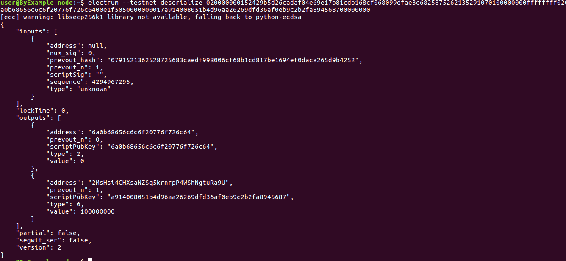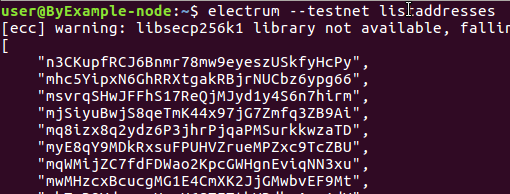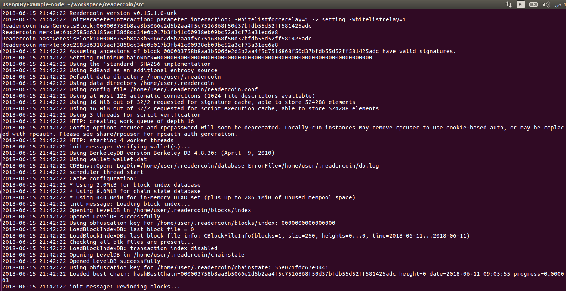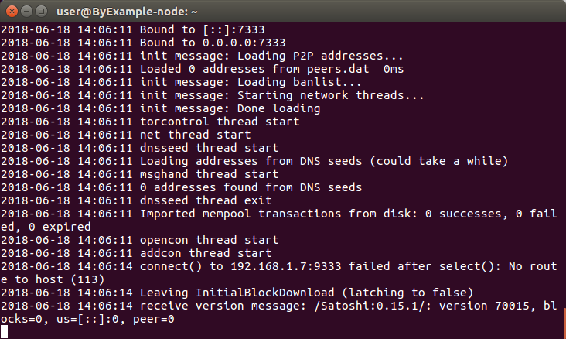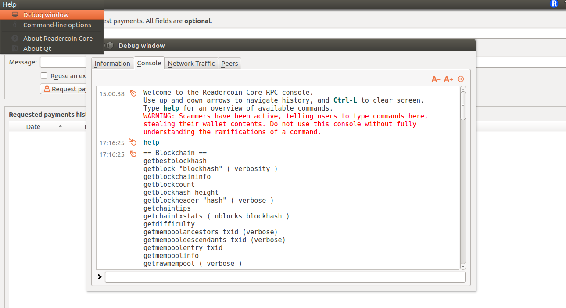Bellaj Badr [Bellaj Badr] - Blockchain By Example
Here you can read online Bellaj Badr [Bellaj Badr] - Blockchain By Example full text of the book (entire story) in english for free. Download pdf and epub, get meaning, cover and reviews about this ebook. year: 2018, publisher: Packt Publishing, genre: Computer. Description of the work, (preface) as well as reviews are available. Best literature library LitArk.com created for fans of good reading and offers a wide selection of genres:
Romance novel
Science fiction
Adventure
Detective
Science
History
Home and family
Prose
Art
Politics
Computer
Non-fiction
Religion
Business
Children
Humor
Choose a favorite category and find really read worthwhile books. Enjoy immersion in the world of imagination, feel the emotions of the characters or learn something new for yourself, make an fascinating discovery.
- Book:Blockchain By Example
- Author:
- Publisher:Packt Publishing
- Genre:
- Year:2018
- Rating:3 / 5
- Favourites:Add to favourites
- Your mark:
Blockchain By Example: summary, description and annotation
We offer to read an annotation, description, summary or preface (depends on what the author of the book "Blockchain By Example" wrote himself). If you haven't found the necessary information about the book — write in the comments, we will try to find it.
Dive into working mechanics of the decentralized blockchain applications to build your own scalable dapps
About This Book- Guide to help you learn Blockchain ecosystem and their terminologies
- Implement smart contracts, wallet, consensus protocols, and other principles
- Design and develop decentralized applications using Bitcoin, Ethereum, and Hyperledger
If you are keen on learning how to build your own blockchain decentralized applications from scratch, then this book is what you need. Implement key building blocks of a blockchain ecosystem with this handy guide. It explains all the basic concepts required to develop intermediate projects
What You Will Learn- Grasp the decentralized technology fundamentals to master blockchain principles.
- Build blockchain projects on Bitcoin, Ethereum, and Hyperledger.
- Create your own currency and a payment application using Bitcoin
- Implement Web3.js apps and supply chain system using Hyperledger.
- Write smart contracts, run your ICO and build tontine decentralized app using Ethereum
- Explore Blockchain to learn how to implement distributed file management.
- Integrate blockchain into your existing systems in your organization
The blockchain is a revolution promising a new world without middlemen. Technically, it is an immutable and tamper-proof distributed ledger of all transactions across a peer-to-peer network. With this book, you will set a foundation to get into the grips of blockchain ecosystem to build real-world projects.
Throughout the book, we will walk you through a detailed step-by-step process using solidity to build three blockchain projects with different complexity levels and hurdles. This book will provide you with all the relevant concepts related to cryptocurrencies, smart contracts, and blockchain in order to build your own decentralized applications. Each project will teach you just enough about blockchain to be productive right away. We will cover the different set of projects such as Bitcoin Payment System, Supply Chain on Hyperledger, and Tontine Bank Dapp using Ethereum. We will cover major challenges that are associated with Blockchain ecosystems such as scalability, integration, distributed file management and more.
By the end of this book, you will not only be able to tackle the common issues in the blockchain ecosystem but also design and build reliable, scalable distributed systems.
Downloading the example code for this book. You can download the example code files for all Packt books you have purchased from your account at http://www.PacktPub.com. If you purchased this book elsewhere, you can visit http://www.PacktPub.com/support and register to have the code file.
Bellaj Badr [Bellaj Badr]: author's other books
Who wrote Blockchain By Example? Find out the surname, the name of the author of the book and a list of all author's works by series.

![Bellaj Badr [Bellaj Badr] Blockchain By Example](/uploads/posts/book/119701/thumbs/bellaj-badr-bellaj-badr-blockchain-by-example.jpg)


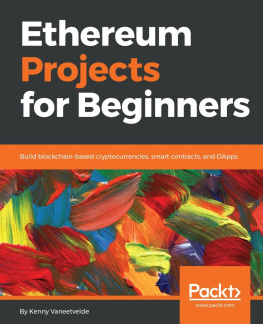
![Kenny Vaneetvelde [Kenny Vaneetvelde] - Ethereum Projects for Beginners](/uploads/posts/book/119688/thumbs/kenny-vaneetvelde-kenny-vaneetvelde-ethereum.jpg)

